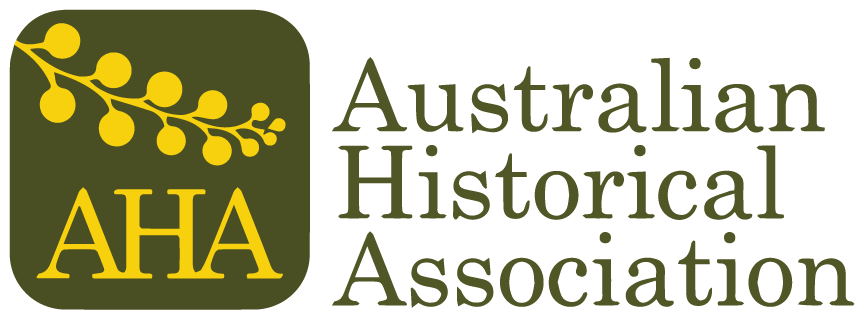Congratulations to Charmaine Robson for the publication of Missionary Women, Leprosy and Indigenous Australians 1936-1986 (Palgrave MacMillan, 2022).
This book focuses on twentieth-century Australian leprosaria to explore the lives of indigenous patients and the Catholic women missionaries who nursed them. Distinguished from previous historical studies of leprosy, the book examines the care and management of the incarcerated, enabling a broader understanding of their experience, beyond a singular trope of banishment, oppression and death. From the 1930s until the 1980s, respective governments appointed the trained sisters to four leprosaria across remote northern Australia, where almost two thousand people had been removed from their homes and detained under law for years, sometimes decades. The book traces the sisters’ holistic nursing from early efforts of amelioration and palliation to their part in the successful treatment of leprosy after World War II. It reveals the ways the sisters stepped out of their assigned roles and attempted to shape the institutions as places of health and hygiene, of European culture and education, and of Christianity. Making use of accounts from patients, doctors; bureaucrats; missionary men; and Indigenous families and communities, the book offers fresh perspectives on two important strands of history. First, its attention to the day-to-day work of the Australian sisters helps to demystify leprosy healthcare by female missionaries, generally. Secondly, with the sisters specifically caring for Indigenous people, this book exposes the institutional practices and goals specific to race relations of both the Australian government and Catholic missionaries. An important and timely read for anyone interested in Indigenous history, medical history and the connections between race, religion and healthcare, this book contextualizes the twentieth-century leprosy epidemic within Australia’s broader colonial history.
